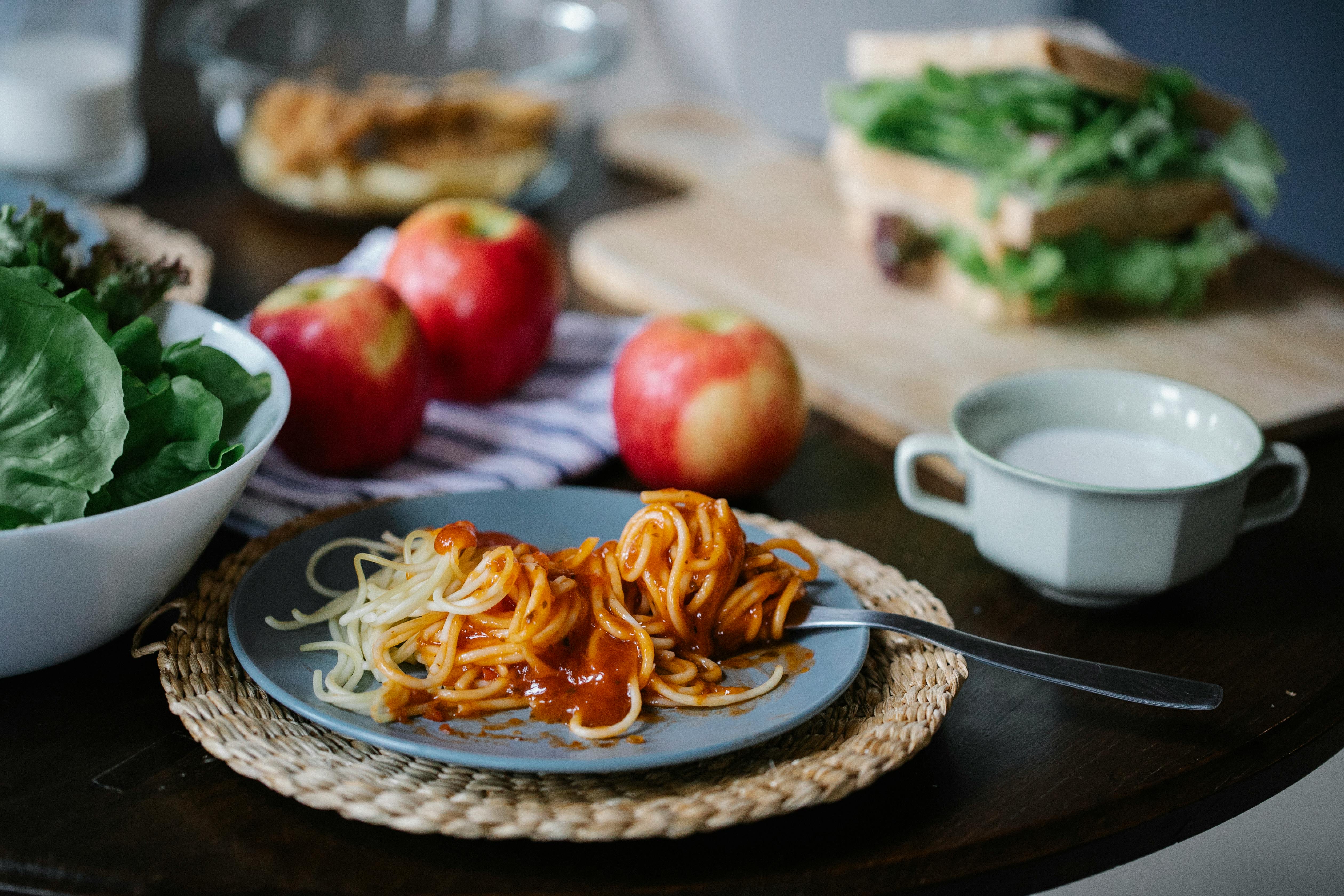When people move to the rural countryside, they leave behind the convenience and ease of municipal sewer systems. You don’t think twice about flushing the toilet, taking a long shower, or using phosphate-containing detergents to wash your clothes. Once you own one of the septic tanks used in the country for waste management, these will be elements that you will consider important for its correct operation.
If you’re building a new system, you may want to keep in mind that a family of three consumes about one hundred and fifty thousand gallons of water per year in one way or another. Septic installers will be able to help you determine the size of tank he will need based on the size of his family and other things. You’ll also need to decide what type of tank you want, whether it’s concrete, fiberglass, or plastic. For most people concrete lasts longer and they choose that. However, it is a personal choice.
These waste tanks work on the principle of anaerobic activity. No air is exchanged inside this container and that’s how it works, no air. The microbes and such get activated and do all the work of digesting solids and such. Bulky items such as sanitary pads, tampons, or cotton-tipped swabs should not be flushed down the toilet. Take care to prevent cooking oils and grease from falling into the kitchen sink as well. These are not friendly to the operation of a septic system. It is also important not to put paints and other solvents in the tank.
For this system to function properly, there must be adequate space for the leach pad or drain to function. Avoid any areas with many trees, as their roots will eventually cause problems by clogging pipes or getting into the tank and causing leaks. Some people pour a can or box of salt down the drain once a month to try and keep small roots in suspense. Feeding the liquid with a septic aid will also help maintain a good environment, to keep the little anaerobic critters happy.
If you’re lucky enough to have a garbage disposal, be careful not to overuse it, as all those solids could disturb and overpower the microbes’ ability to function properly. Too much water from perhaps overdone laundry could also add more water to the tank than is advisable. The use of biodegradable toilet paper is also recommended.
Locating the tank some distance from the house and your well would be a good thing to discuss with your county health department, along with your installer. They will both have experience that you may not have in these matters. There are legal limits to the distance to the tank as well as the leach pad. If they are not done according to code, you will be prompted to fix the problem by moving everything. That would be costly and easily avoided by asking the right people the right questions in the first place.
Tank maintenance is crucial. Many experts provide conflicting information on how often a tank should be pumped. You’re past the time to do this when you start getting clogged floor drains or even toilets. If your family is large, you may want to consider every three years or so. It might be able to last a bit longer if it’s just the two of you most of the time.
There have been people who have bought well-developed farms that already have a septic tank system installed. The leach pad was located in what used to be the garden area, where there were cherry and pear trees. These trees were very old and very productive, the pears grew to enormous size compared to normal sized pears. They didn’t seem to have any negative effect on people, so people left everything as it was.
